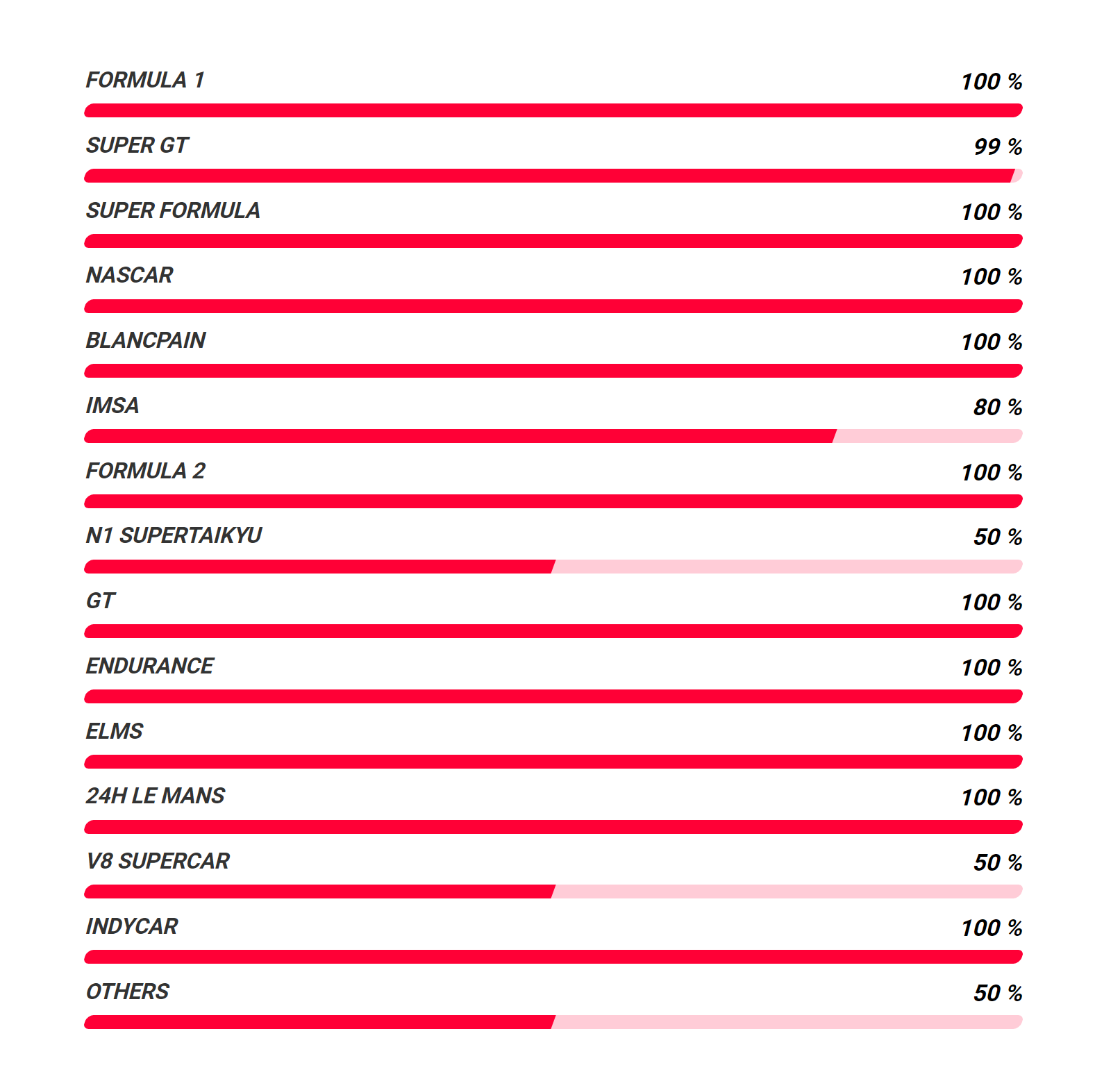The stock approach to mounting the drivetrain utilizes two solid motor mounts, two transaxle adapter plate brackets and, in some cases. a small hanger at the back of the rear chassis brace. While this cantilevered approach works fine, I’d rather have more than two or three mounting points.
Why? The monocoque tub is crazy stiff, but the rear section is a tube ladder without any diagonal bracing. In addition, the stock transaxle adapter plate brackets provide a lot of structure and I need to change them to make room for the merge collectors. Lastly, I don’t want any chance that the engine or transaxle would come free in a bad wreck.
Since the engine is hard mounted, I decided to utilize the transaxle as a stressed member with a total of nine mounting points:
A top bracket mounted to the back of the rear chassis brace, the same location that many builders add the aforementioned hanger. The bracket bolts to the transaxle’s billet bulkhead plate.
Four indexed tubes with rod ends that connect the top and bottom of the rear billet chassis pieces to the transaxle’s bulkhead plate. The tubes are configured in an “X” pattern which triangulates the gearbox on both sides. These replace the single tube on each side that connects the bottom of the billet piece to the underside of the rear chassis brace. While these stock tubes add some structure they have a very shallow angle (i.e., poor triangulation) to provide room for the standard location for the exhaust. The “X” pattern will significantly increase torsional rigidity in this area.
Four dog-bone brackets connecting the middle billet chassis pieces to the billet bellhousing. These replace the stock transaxle adapter brackets.
This approach is similar to how Agile Automotive builds their endurance SL-Cs. The first step is to fabricate a top bracket. This is complicated by the location of the rear sway bar and that my engine is in the stock location (Agile both lowers and slides the engine forward).
Rear chassis brace, sway bar and transaxle top bracket
As can be seen in the image above the solution was a removeable bracket that bridges the sway bar. The top and bottom plates are 3/16” 4130 and the side and back plates are 1/8” 4130. I considered recessing flat mounting plates into the top and bottom of the brace’s 1.5” round tube, but I realized that incorporating a 1.5” square tube with a 1/8” wall would be easier to fabricate and would increase the strength of the brace. In addition, the square tube projects beyond the round tube thereby reducing the distance that bracket needs to bridge over the sway bar. Three 4130 crush (I suppose anti crush would be more accurate) tubes are welded into both the rectangular mounting tube and the top bracket.
Top bracket (left) and square mounting tube (right), each with three crush tubes (purple)
The rectangular mounting tube (green) extends past the brace and reduces the distance that the bracket needs to bridge over the sway bar
The rear chassis brace (shown upside down) has been cut to receive the square mounting tube. The two tabs marked with X’s will be removed.
Top bracket finished
Two half-inch spacers between the bottom of the bracket and transaxle’s bulkhead plate
The top bracket is finished and the sway bar brackets are welded. The next step is to fabricate four tubes and associated brackets that connect the top and bottom of the rear billet chassis pieces to the transaxle’s bulkhead plate.




















